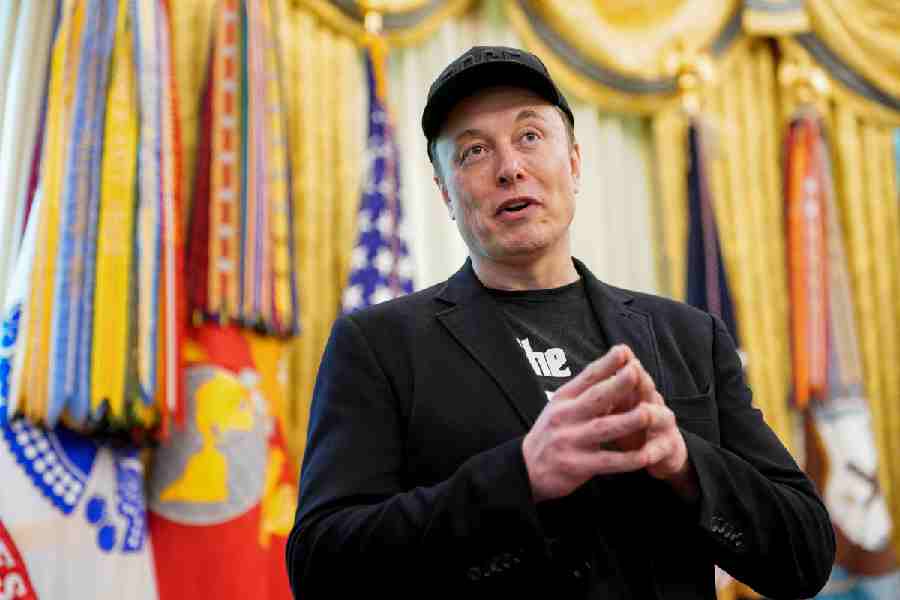
How do you sell refrigerators to Eskimos? The last thing you do is tell them that it will create jobs in India where folk seem to have developed (thanks, perhaps, to the IITs) engineering green thumbs. People aren’t interested in universal altruism when they have to pay the bill themselves.
That seems to have dawned late on the IT industry. IT services were hawked as something India could produce cheaply. Dewang Mehta, as the first president of the National Association of Software and Services Companies (Nasscom) was an ebullient personality. Besides, hardsell was not required then. It is only since the downturn of the American economy in 1991 that people have started making noises against Indian techies. The dotcom boom, fed in part by the bogey of the Y2K threat, kept the techies in demand.
Kiran Karnik, the president who took over from Mehta, decided to go to the US. He was selling Indian skills and stories of how techies from poor villages had made it big in the US.
He was advised not to show his face in America. He refurbished his repertoire of stories including examples such as the treatment of a desperately sick youngster in the US made possible by a quick-time medical scan outsourced to India. But, on the whole, jobless techies in the US didn’t buy the argument. Obviously, employers would prefer an Indian to an American 10 times more expensive.
How times have changed. Nasscom recently released a report which tom-toms that 100 Indian companies have invested $15.3 billion in the US. It has led to the creation of 91,000 jobs.
The report was prepared by the Confederation of Indian Industry (CII) and Grant Thornton, an international auditing firm. Earlier this year, in April, Grant Thornton released its India Tracker 2015 which says that the total number of people employed by Indian companies in the UK increased by 10 per cent from 100,000 to 110,000 during the course of a year.
There are different ways of telling the same story. One works; one doesn’t.










